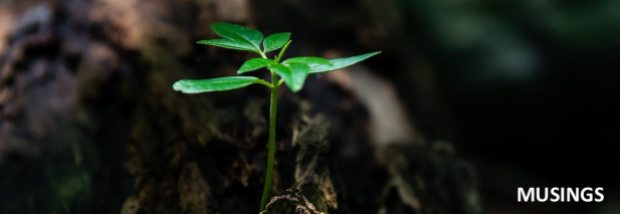
The world is messy and complex; and humans make sense of it by creating some sense of order. It first started with creating routines, telling stories, and then we started making things, creating tools, building structures, which changed our own surroundings.
We started changing the environment we lived in, in very profound ways that we didn’t yet realise. We discovered fire and we burnt wood, or leaves, or anything that could be burnt. We then discovered fossil fuel and unleashed lots of productivity, and it sure took a long time to translate these productivity into higher standards of living.
In some sense, by telling the stories about possibilities and changing perceptions, we distorted our own realities. Realities of what will happen to us, about how the world works. Again and again, our assumptions gets busted; either by happenstance or actively resisting our old tales and developing new ones.
Steve jobs was described as having a reality distortion field around him that affected the developers of Macintosh. He manages to convince himself and those around him that those different requirements he put on those around him are possible. Using his charisma and marketing capabilities, he helped to encourage, motivate, taunt his people into persisting through incredible challenges and difficulties.
Distorting reality takes incredible courage; and one could also argue, foolhardiness. The problem of the survival bias is that we don’t see how often the people who follow the strategy fail so miserably they just wither and disappear. We only seem to see those success cases and stand in awe of how they push things through. So at what point are we stretching it? When can we be considered to have gone too far in dreaming? It’s a really tough call.
